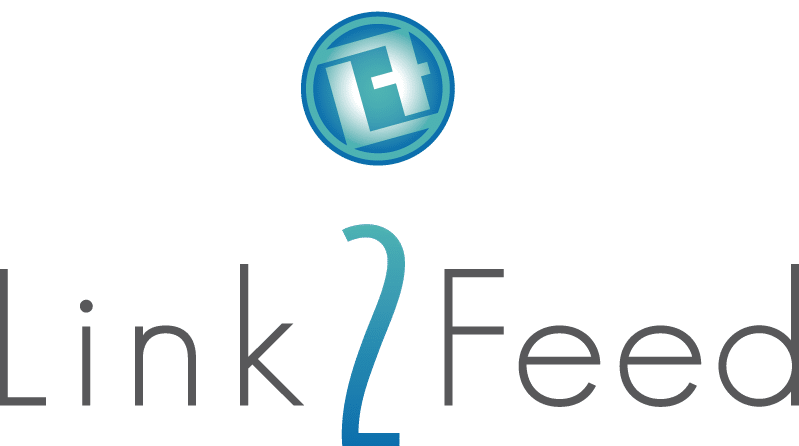Having an “unduplicated” or “unique” client count in your nonprofit software sometimes feels like the holy grail of all social service data.
Unduplicated information helps us understand how many lives we’ve touched and is used by funders, partners and the community to assess an organization’s impact.
On an operational level, having only one profile for each household leads to better client service and turns your database from a check-in system to a case management tool.
But this requires eliminating duplicates, which can be challenging (even for a case management master).
Luckily, we have some excellent tricks to make sure you don’t get “duped” by duplicates in our nonprofit software.
It all starts with the search
If you are having trouble finding someone, the search tool in Link2Feed’s nonprofit software has multiple searching options to find who you are looking for, making it the first line of defense against duplicates.
You can search by any household member’s ID number, name, date of birth, address or phone number.
Entering in partial information for any of these search types and pressing “enter” will show you any matching results in a table. For example, if you know the client lives at “123 Main Street” but you aren’t sure if it was entered into Link2Feed as “123 Main Ave”, typing “123 Main” and pressing “Enter” will yield results for both “Street” and “Ave”.
This “enter” trick works for any search type.
Stopping duplicates in their tracks – The “Possible Duplicate” pop-up
Entering data in real-time is the key to avoid adding duplicates because you can take advantage of the “Possible Duplicates” feature.
The inline “Possible Duplicate” pop-up appears if the client you are adding matches another profile based on three of the four following criteria:
-
First Name
-
Last Name
-
A Date of Birth Field (One of the following counts as a match)
-
DOB: YYYY-MM
-
DOB: MM-DD
-
DOB: YYYY-DD
-
-
Address Line 1
Finding matches using four different criteria ensures that if one of the fields has been entered incorrectly, the system can still identify that client as a duplicate. For example, if the client’s last name was typed incorrectly, they could still be found by a matching first name and date of birth.
Always click on the “See More” button first to see a summarized view of the possible duplicate’s profile. If it is the correct person, you can serve them under that profile. If it’s not the correct person, you can press “No” to dismiss the duplicate, adding it to the Dismissed Duplicates list.
If you aren’t sure if it’s the correct person and need more information to verify, click on the “View” button to see a detailed profile of the possible duplicate.
For “possible duplicate” pop-ups when adding household members, you will also have the ability to move an existing client from one household into another. Clients that live and access services from multiple households (for example, a child whose parents share custody) can be linked across different households and maintain one unique ID number.
Merging duplicates that slipped through the cracks in your nonprofit software
All potential duplicates that were missed or ignored on intake can be found in the “Client Duplicates” list, with their matching criteria highlighted. For each match, there is a “View” button so you can see a summarized, side-by-side comparison of both household profiles to make it easy to decide which profile you want to keep.
You can use our tips for determining if a pair is a duplicate and which profile to keep to help guide your merging decisions.
The merge tool is extremely robust and gives you multiple options for how to merge the profile, including how other household members should be treated.
If a pair isn’t a duplicate, it’s easy to dismiss it so it won’t flag as a duplicate again. You can find all of the dismissed duplicates in a separate list.
Want to learn more about how Link2Feed’s nonprofit software eliminates duplicates?
Click the play button to watch one of our “Don’t be Duped by Duplicates” webinars.

